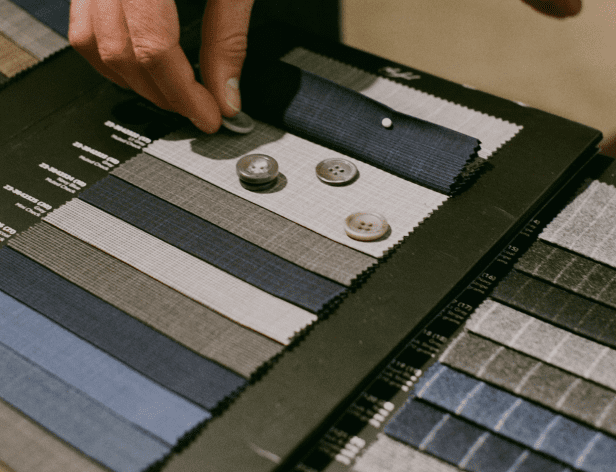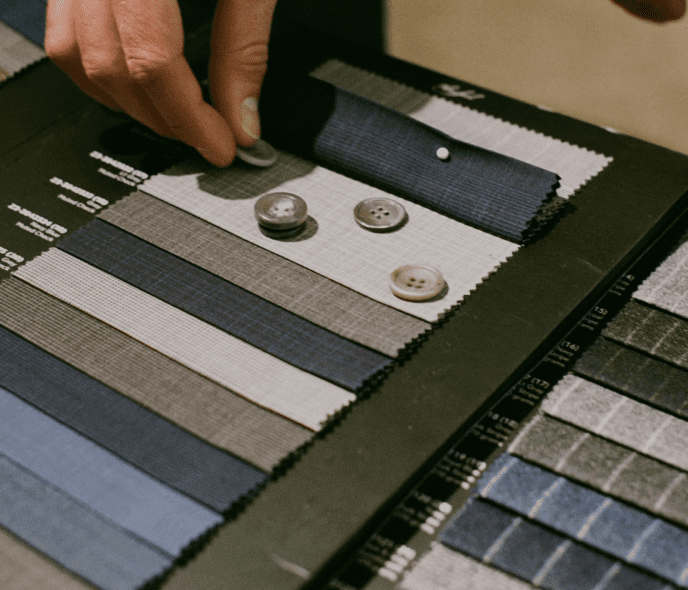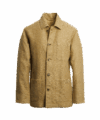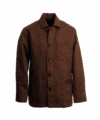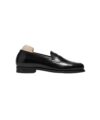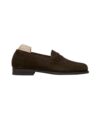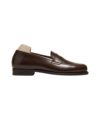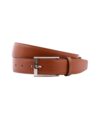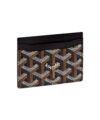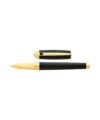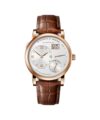Share
Any menswear fan will know both twill and herringbone. But did you know they’re actually almost one and the same? Twill, one of the most common fabrics in men’s clothing (and women’s, for that matter) is crafted via a diagonal weave in running in a single direction.
Herringbone, on the other hand, is actually just an alternating twill weave – instead of continuing the diagonal weave endlessly in one direction, herringbone fabric switches the direction of the twill at regular, repeating increments. The resulting pattern looks strikingly similar to the skeleton of a fish (specifically, a herring), hence the name, ‘herringbone.’
Where a regular twill will look solid from a distance, herringbone can yield some more visually distinctive results, (especially when accentuated with colors or textures. At its smallest scale, herringbone still looks relatively solid. Up the scale just a bit, and an almost striped appearance becomes evident. Up it even more, and the skeletal pattern truly shines on its own.
As for the origins, the weave is actually based off of a design far removed from textiles. The very first use of herringbone patterning was in the construction of roads in ancient Rome, where the crisscrossing structure allowed for the compression and movement of the road as traffic flowed along it. Therefore, it makes a lot of sense that the earliest herringbone fabrics were also linked to ancient Italy.
The Italian connection also makes it logical that herringbone has traditionally found it’s place in men’s suiting, while it’s spread to Ireland brings in it’s popularity in tweed pieces. That said, like most classic menswear patterns, the usage has proliferated across the board, and herringbone is now found in cloths from lightweight cotton to heavy wool, and applied to pieces ranging from crisp dress shirts to chunky sweaters to toothy suiting and outerwear.
Are you sporting any herringbone this season?
Thanks for reading.
Stylishly Yours,
Adam Lehman
He Spoke Style
Menswear history buff? Read more of our Style Defined series and explore the Glossary.




